|
Published on Archi.ru (https://archi.ru) |
|
| 20.08.2023 | |
|
In memory of Jean-Louis Cohen |
|
|
Marina Khrustaleva |
|
|
Marina Khrustaleva – about Jean-Louis Cohen (20.07.1949-7.08.2023), French architect and architectural historian that specialized in modern architecture and city planning. Two weeks ago, we lost Jean-Louis Cohen. Architect, historian of twentieth-century architecture, writer, curator, he was one of the most active and productive people I have ever known. Professor at a dozen universities, chairman of every possible committee, recipient of the most prestigious awards, he was unimaginably hardworking and industrious. Every year he published a major book and opened major exhibitions in the world’s leading museums that became cultural milestones. This year alone it was an exhibition on the Brazilian modernist Paolo Mendes da Rocha in Portugal and “Paris Moderne 1914-1945: Architecture, Design, Film, Fashion” in Shanghai. 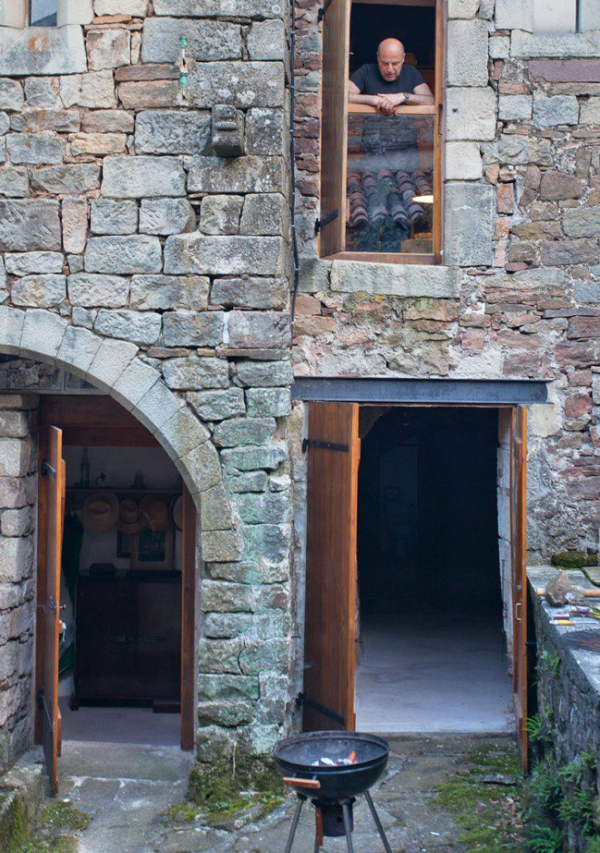 Jean-Louis Cohen in his house in Ardèche.Copyright: Photograph © Vladimir Paperny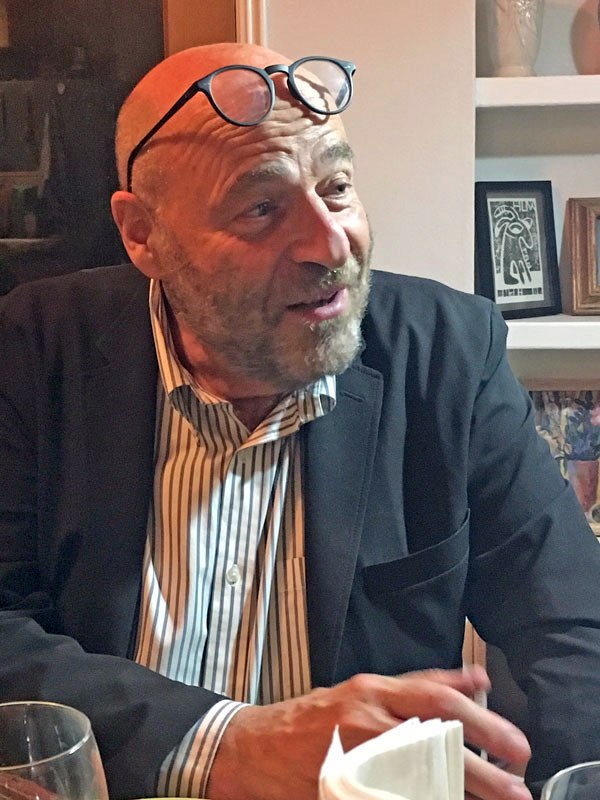 Jean-Louis Cohen (20.07.1949-7.08.2023)What was Jean-Louis to Russia? A passionate researcher, interpreter, connoisseur and ambassador. His grandfather, the famous linguist Marcel Cohen, and his father, a correspondent for the newspaper Humanite in Moscow, were sincere communists; the Russian language had been in his family since his childhood. At the age of 15, Jean-Louis spent a happy month in the pioneer camp “Orlyonok” and significantly enriched his vocabulary – he was able to express himself in Russian strongly and accurately. In the 1970s, he often came to Moscow, getting to know Konstantin Melnikov in the last year of his life, and a splendid galaxy of the first, now deceased, researchers of Russian avant-garde architecture – Selim Khan-Magomedov, Anatoly Strigalyov and Vigdaria Khazanova. In 1978, Jean-Louis, together with Alexei Gutnov, was the curator of the exhibition “Urban Space in the USSR” at the Pompidou Center – and 40 years later he gave a lecture “The Architecture of Optimism” on the so-called “New Element of Settlement” developed in Moscow. In 1979, he became one of the co-authors of the pivotal exhibition “Moscow-Paris” at the Pompidou center, which came over to the Pushkin Museum two years later. For the first time around, Russian and French art of the early twentieth century was exhibited in parallel, demonstrating close ties. Since then, in the lion’s share of his projects, he again and again placed Soviet culture in the international context. Hardly any Russian researcher has managed to do even nearly as much as Jean-Louis Cohen has done for us: “Le Corbusier and the Mystique of the USSR: Theories and Projects for Moscow, 1928-1936” (1987), “Scenes of the World to Come: European Architecture and the American Challenge, 1893-1960” (1995), “Lost Vanguard: Soviet Modernist Architecture, 1922–32, Photographs by Richard Pare” (2007), “Architecture in Uniform: Designing and Building for the Second World War” (2011), “Future Architecture Since 1889: A Worldwide History” (2012), “Le Corbusier: An Atlas of Modern Landscapes” (2013), and “Building a new New World: Amerikanizm in Russian Architecture” (2019). The last exhibition was supposed to come to Moscow, to the Shchusev Museum of Architecture, but Covid happened, and then the events that everybody knows about. What remains is only a recording of his lecture on this subject at the Garage Museum of Contemporary Art. At the exhibition “Le Corbusier. Secrets of Creativity. Between Painting and Architecture” (2012) at the Pushkin Museum, there was literally nowhere to fall – from exhibits and visitors. The Tsvetaev enfilade never looked so modern. Jean-Louis was a key figure in the years-long process of including Le Corbusier’s buildings in the UNESCO World Heritage List. The nomination was finally approved in 2016, but Le Corbusier’s largest building in Europe, the House of the Tsentrsoyuz in Moscow, about which Jean-Louis wrote so much, was not included in the final list due to distortions of the author’s design and subsequent unsuccessful restoration. Jean-Louis was Chairman of the International Supervisory Board for the preservation of the Melnikov House. With his characteristic sobriety, he was able to put aside personal and political differences and focus on the interests of the cause. He was pleased that the house had been professionally surveyed by the engineering company ARUP and was cautiously optimistic that the scientific restoration would begin. He was a figure who could legitimize any gathering. He was a knight and he was a king. Jean-Louis died at the family home in Ardèche, in the picturesque mountainous midlands of France. The stone peasant house at the top of the mountain was bought with the money his mother received as compensation for Holocaust victims. For years, they restored it with his father. After a busy school year, endless intercontinental flights, speeches, and discoveries, he came here every summer – to rest and write. Hundreds of rare Russian-language books were hidden in his dusky library in the rural French countryside. Here he thought, wrote and talked about Russia. 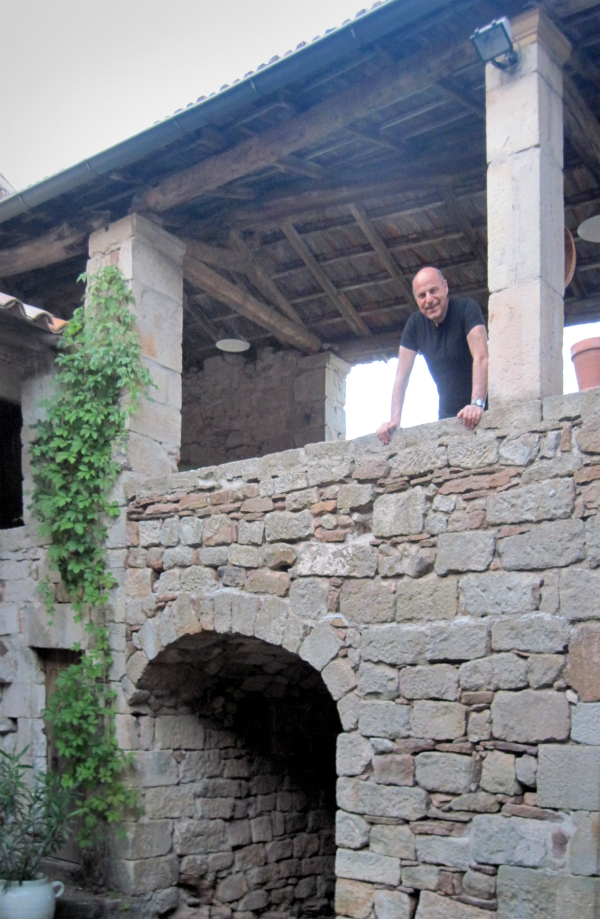 Jean-Louis Cohen′s house in Ardèche.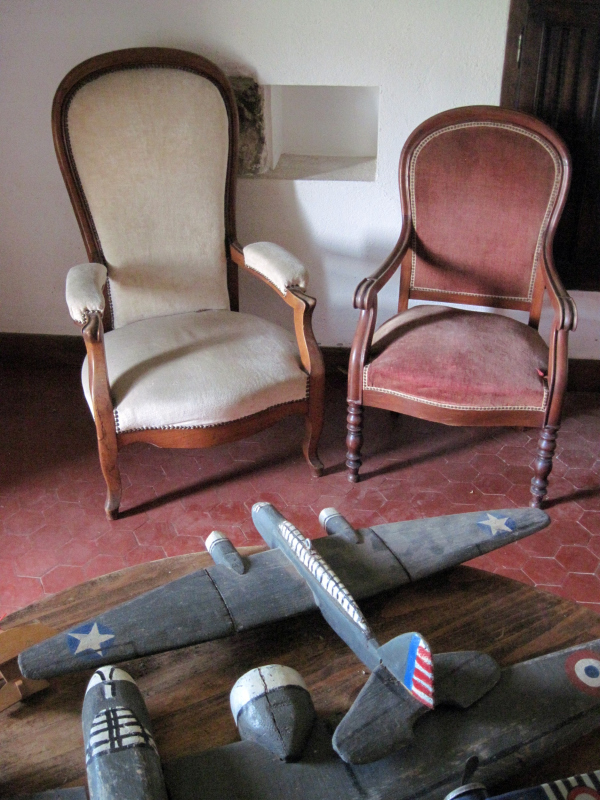 Jean-Louis Cohen′s house in Ardèche.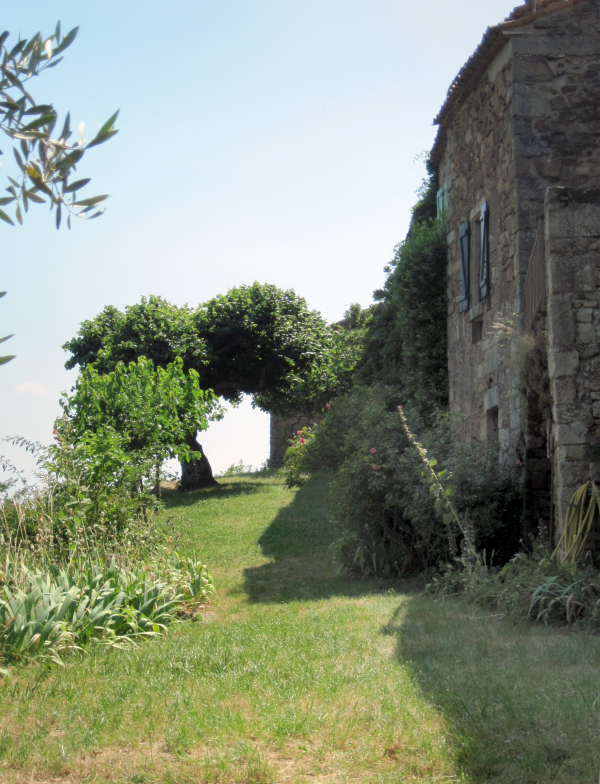 Jean-Louis Cohen′s house in Ardèche.Copyright: Photograph © Marina Khrustaleva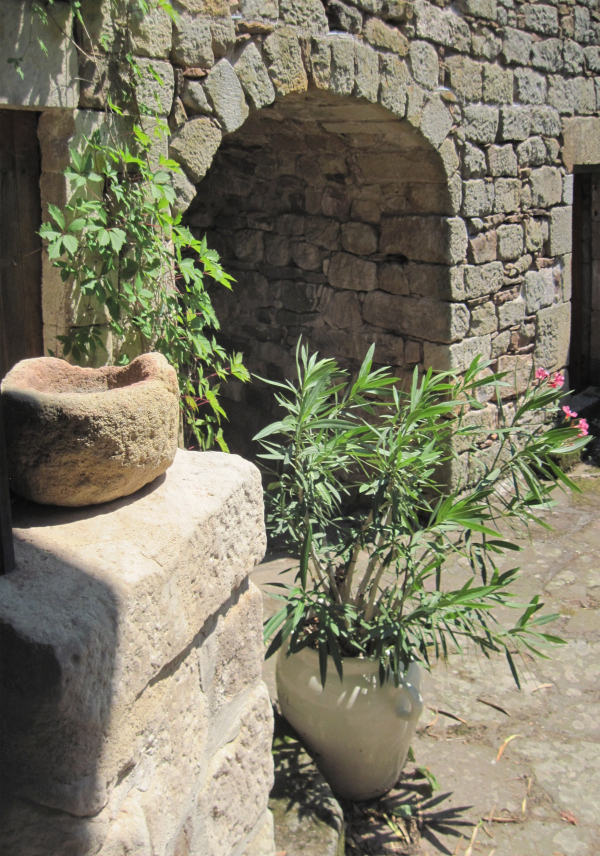 Jean-Louis Cohen′s house in Ardèche.Copyright: Photograph © Marina Khrustaleva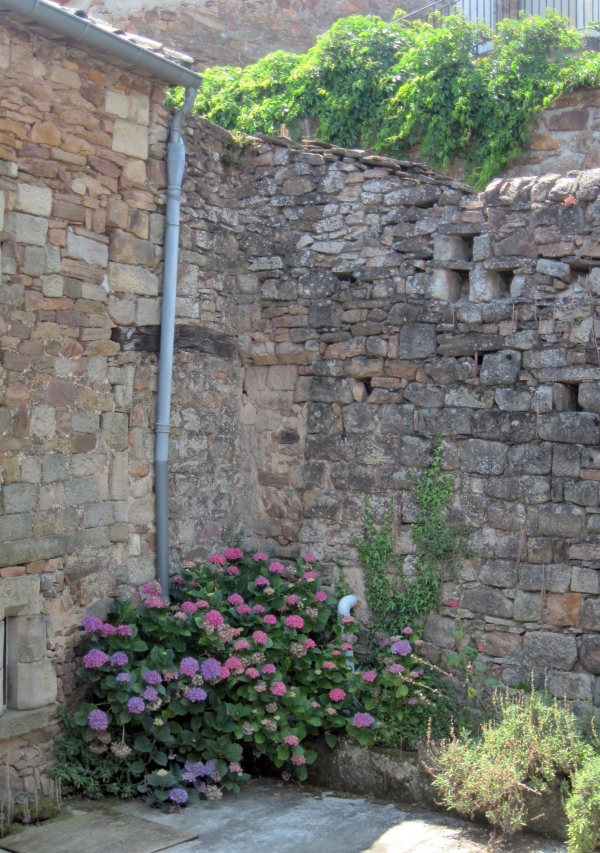 Jean-Louis Cohen′s house in Ardèche.Copyright: Photograph © Marina Khrustaleva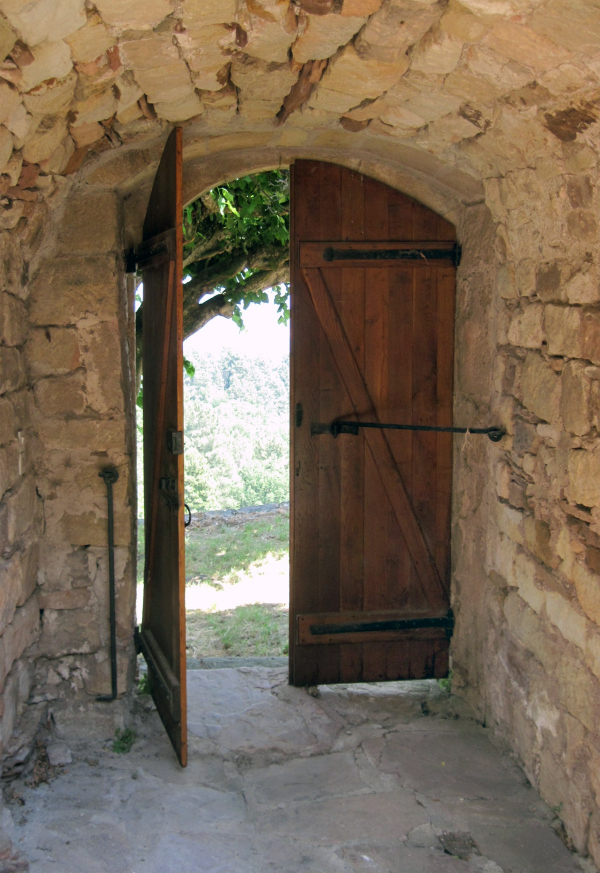 Jean-Louis Cohen′s house in Ardèche.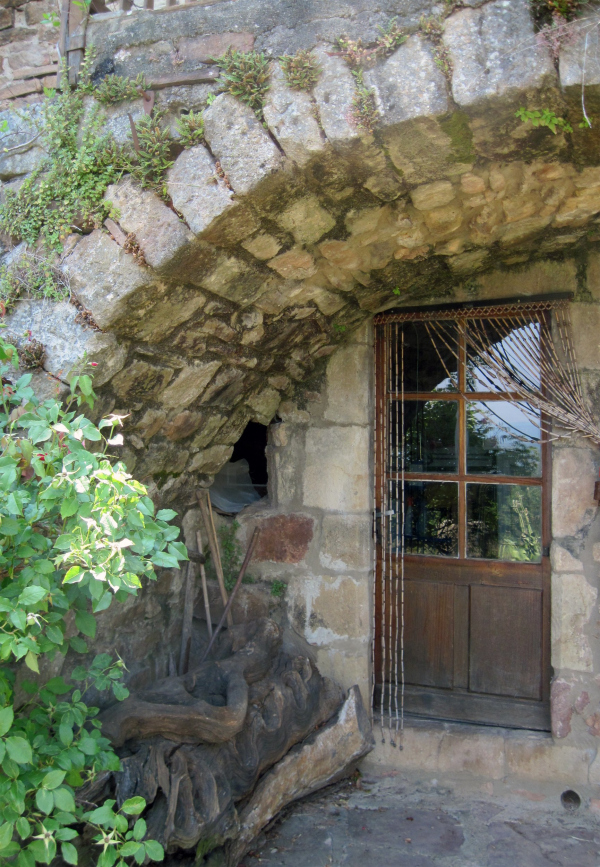 Jean-Louis Cohen′s house in Ardèche. Jean-Louis Cohen′s house in Ardèche.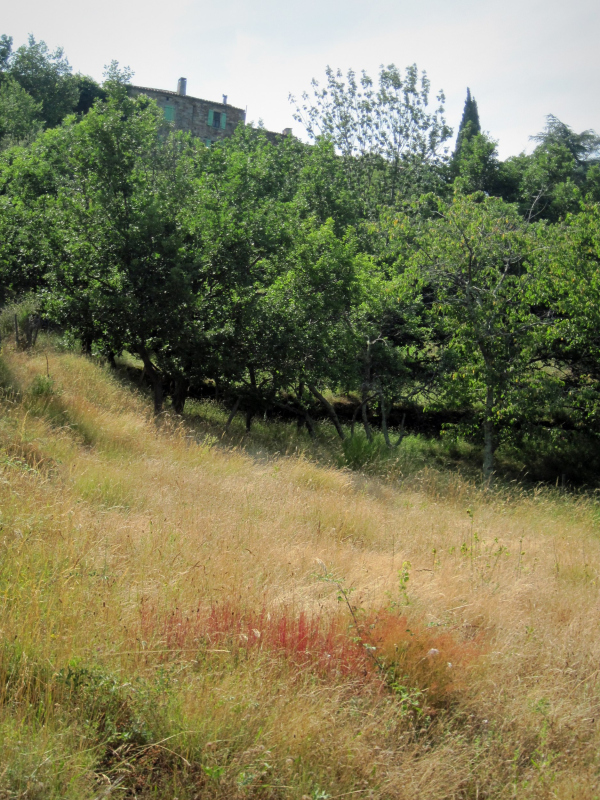 Jean-Louis Cohen′s house in Ardèche.Copyright: Photograph © Marina KhrustalevaHere in Ardèche, Jean-Louis taught me one of my biggest lessons. “How do you cut cheese?” – he exclaimed when he saw me cutting the rind off the edge – “Round cheese should only be cut through the center, in segments! One must respect the shape of the object, it must remain what it is no matter what!” Here Jean-Louis was making for us his apricot jam in an antique copper basin on a cast iron stove. One of the projects he was going to work on this summer was an encyclopedic volume on nineteenth- and twentieth-century Russian architecture. Recent events had put his scheduled travels on hold. He was the first to tell me with bitter certainty a few days before February 24 that things were about to begin. He was monstrously worried about <events> and was trying to keep in touch with friends in Russia and Ukraine. In his last letter, a month ago, in response to a birthday greeting, he wrote: “I continue to dream in this hellish world...” He died instantly from a wasp sting. I don’t know if he made jam that day. I want to believe he was happy there. |
|